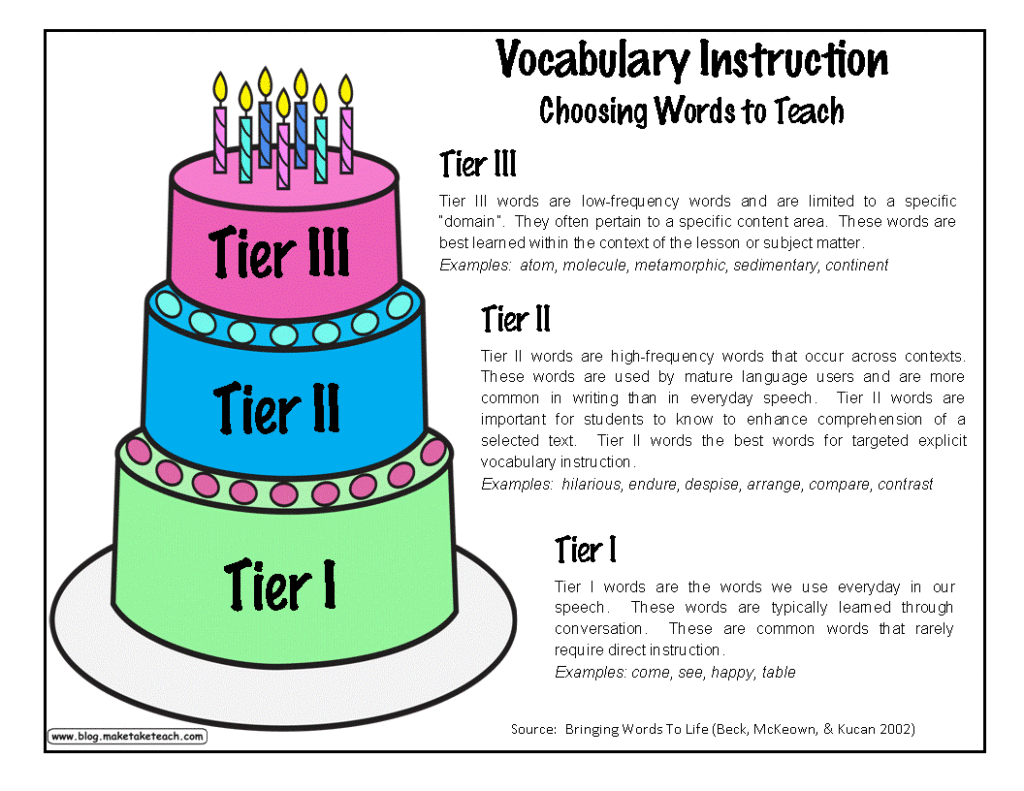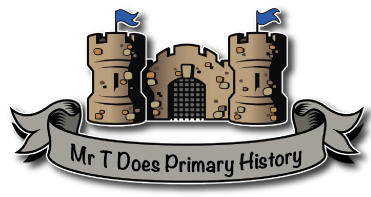This is an update on the previous blog on this subject, which can be seen at this link, and aims to work alongside it. Someone said to me a few years ago my child doesn’t like writing but loves history – making them write will turn them away from history as well. My approach is still the same: keep history at the absolute forefront and use it as a vehicle to include appropriate pieces of writing with a clear purpose and aim.
The New Inspection Framework
The new framework’s clear intention is to put curriculum at the forefront of our minds. What we choose to teach is now crucial and what we record is also really significant as a record of what we have done. In a recent conference session led by OFSTED that I attended, they were critical of cross-curricular activities that don’t show subject progress. Does this mean we cant do them? Not at all! Cross-curricular links are really valuable but it is worth considering what they achieve. It’s also useful to remind ourselves that the books children write in will be one of the main evidence sources viewed so some great quality written work would really demonstrate what our curriculum is offering.
Framework available to view here: https://www.gov.uk/government/collections/education-inspection-framework
Including Writing but Keeping the Fun
Writing in history needn’t be an onerous task not should it take up the vast majority of every lesson. By carefully selecting those opportunities, we can ensure they add value, meaning and fun to our curriculum.
How can we achieve this?
The Tiers of Language explained in the cake image have really clear applications to history and allowing the children to understand how to write in a number of different styles appropriately. Tier II is the academic style of writing that becomes increasingly more important as we move up through school and Tier III is their use of historical terminology and evidence. These does not in any way, shape or form have to be an extended piece of writing but it does give children a freedom to express their thinking clearly and really ‘show off’ what they’ve learned and understood.

In writing, the children learn to use and apply what they have learned throughout the lesson and explain in the same way they’d be expected to in a reasoning lesson or as part of a comprehension.
It’s also really crucial to have a range of ways that children can write about their learning in lessons (as I’m sure we all know). These can take the form of short summaries of lessons through to more in depth explanations, arguments and debates. I always focus on putting more emphasis on how the children use their historical knowledge than their correct use of subordinating conjunctions, passive voice … I could go on. The aim is very definitely to keep history in the forefront of their minds and the attempt to include more complex writing skills is celebrated (accurate or not!).
Incorporating Skills
Any number of English skills can be applied into historical writing with some thought and consideration. Always begin by teaching these skills independently of history lessons to ensure experience and the beginnings of fluent application. Once they have this foundation, we can extend this by linking the writing tasks to the academic style mentioned in the tiers of language. By making clear reference to the formal and academic style, we can tie in a range of SPaG skills. I tend to make use of the following very consciously:
- Reasoning, justification and explanation linked in to use of conjunctions This works at various parts of the lesson and focuses the children’s mind as to which part of a source or which piece of evidence will best help them answer the question. Reminding how each conjunction is used and then checking accuracy makes it clear why SPaG is important and how it enhances their work. This really fits well with historical concepts such as significance, cause and effect, continuity and change … I could go on!
- Summarising knowledge At the end of a lesson, a quick summary about what has been learned creates clear use for a range of sentence types whilst focusing in on the application of the most important knowledge gained in the lesson.
- Those mentioned in the previous blog on this website (link at the top of this page).
Scaffolding and Stretching
The classroom environment is important as it will be full of the scaffolds that children need: word mats, working walls… etc but it’s far more important for them to focus on the history knowledge. Cloze procedures, sentence starters modelling the required English skills and notes from the lesson recorded centrally on the board or sugar paper.
Stretching the more able historians is an interesting and challenging task especially when, in the vast majority of cases, the lesson has been the same for all. It’s really important for the more able to have the chance to study an additional source of a different kind (image, archaeology, primary written source); a source that offers a greater depth of knowledge or the chance to complete further research to answer their own questions. Once they have been exposed to a greater depth of knowledge, they have the knowledge base from which to combine source and produce more developed explanations and justifications.
English or History?
It’s important that we ensure that the focus of marking and any assessment is of the history element of any work completed. In their phase 3 research, OFSTED pointed out the worrying case that ‘There were also several instances when progression in foundation subjects was not secure because pupils’ outcomes were assessed against writing criteria. In other words, the subject-specific knowledge that was intended to be taught was lost among generic writing criteria. Some foundation leaders also reported that senior leaders promoted this and that written outcomes in history and geography were vehicles to successful writing assessments.’ Although this blog focuses on integrating writing, it’s vital that history and its subject discipline skills are the clear focus.
Some final thoughts
This is by no means an exhaustive list or the finished product! I’ve just started adding in motivational elements such as bingo cards to include certain writing skills and use of historical concepts and knowledge.
I’m also looking to actively explore how I can broaden the use in enquiry lessons using scaffolding for knowledge and skills.
Multiple sources of evidence and how to report common evidence, contrasting evidence etc.
Lots of ideas and very interested to hear your thoughts!
